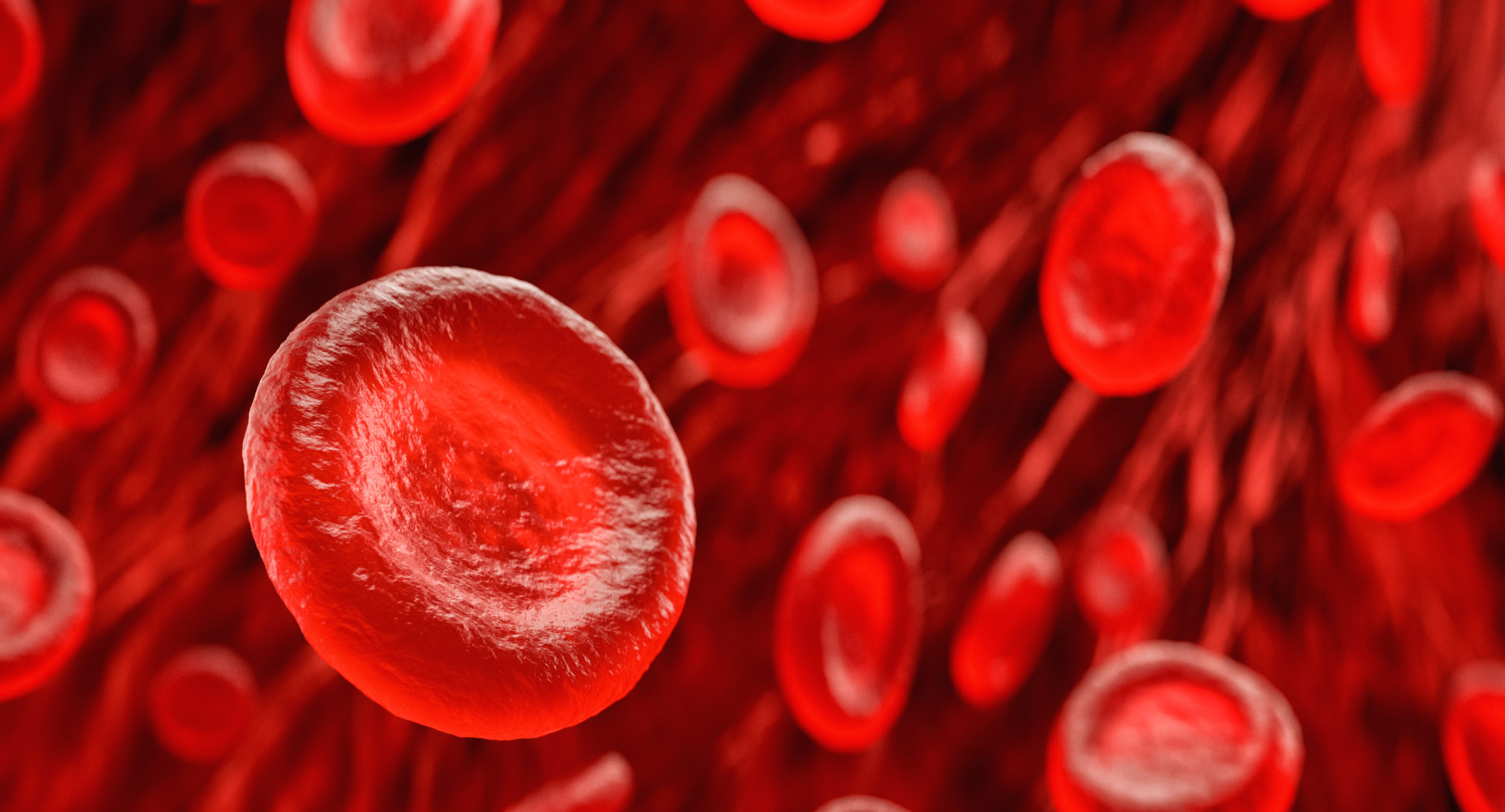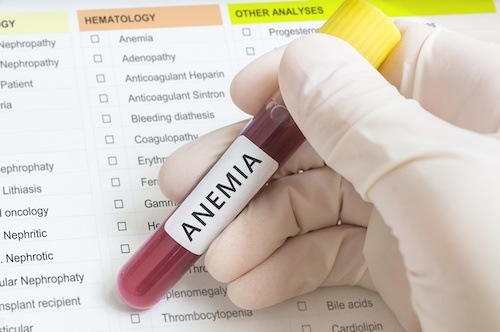
Patients with chronic kidney disease commonly develop anemia. For patients with end-stage kidney disease, peritoneal dialysis is a common modality of kidney replacement therapy, particularly in the Asia-Pacific region, including China, Hong Kong, Japan, Malaysia, Singapore, South Korea, and Thailand. In that region, peritoneal dialysis accounts for 2.8% to 74.6% of the dialysis population. Further, 82% to 96% of the patients on peritoneal dialysis in the Asia-Pacific region are receiving erythropoiesis-stimulating agents (ESAs).
In Kidney Medicine [2021;3(3):405-411], Philip Kam-Tao Li, MD, and colleagues described approaches to management of anemia in patients receiving peritoneal dialysis in the Asia-Pacific region.
Countries in that region follow guidelines from the Kidney Disease Improving Global Outcomes recommendations for initiation of anemia treatment in patients on peritoneal dialysis. ESAs may include both shorter-acting (epoetin alga and beta) and longer-acting agents (darbepoetin alga or methoxy polyethylene glycol-epoetin beta). In Mainland China, Malaysia, Singapore, and Thailand, the most commonly used ESAs are the shorter-acting agents, while in Hong Kong, Japan, and South Korea, the most common ESAs used are longer-acting.
The most commonly used iron supplement is oral iron therapy.
The researchers said, “The route and dosage of iron administration in peritoneal dialysis patients requires more research studies. With the introduction of oral hypoxia-inducible factor prolyl hydroxylase inhibitors into clinical use, the landscape of treatment of anemia in the peritoneal dialysis population in the Asia-Pacific region may change in the coming years.”







 © 2025 Mashup Media, LLC, a Formedics Property. All Rights Reserved.
© 2025 Mashup Media, LLC, a Formedics Property. All Rights Reserved.